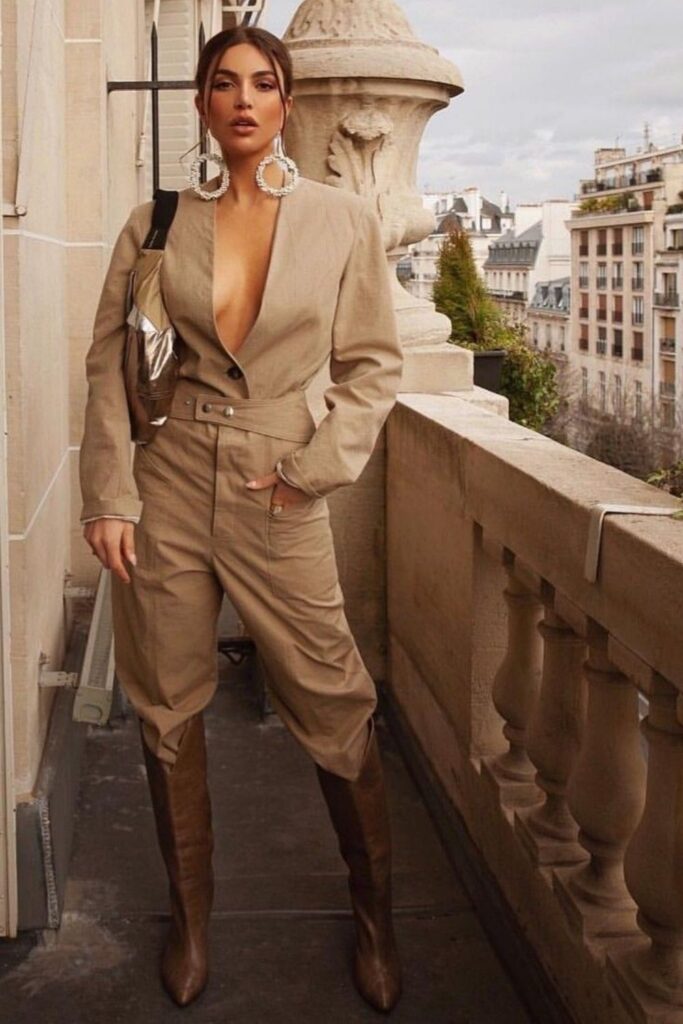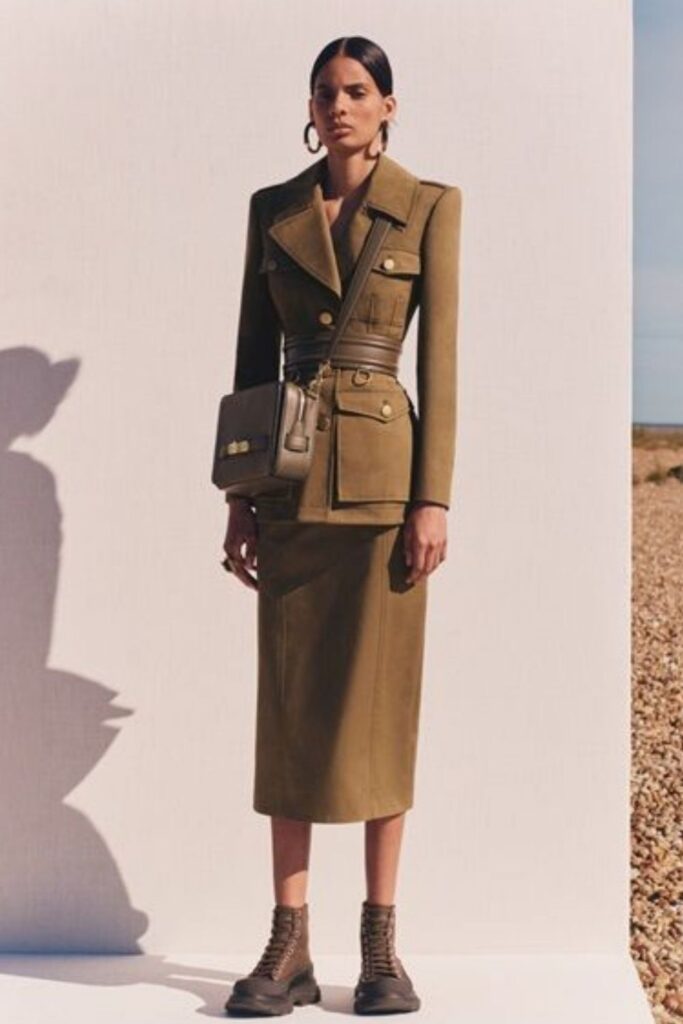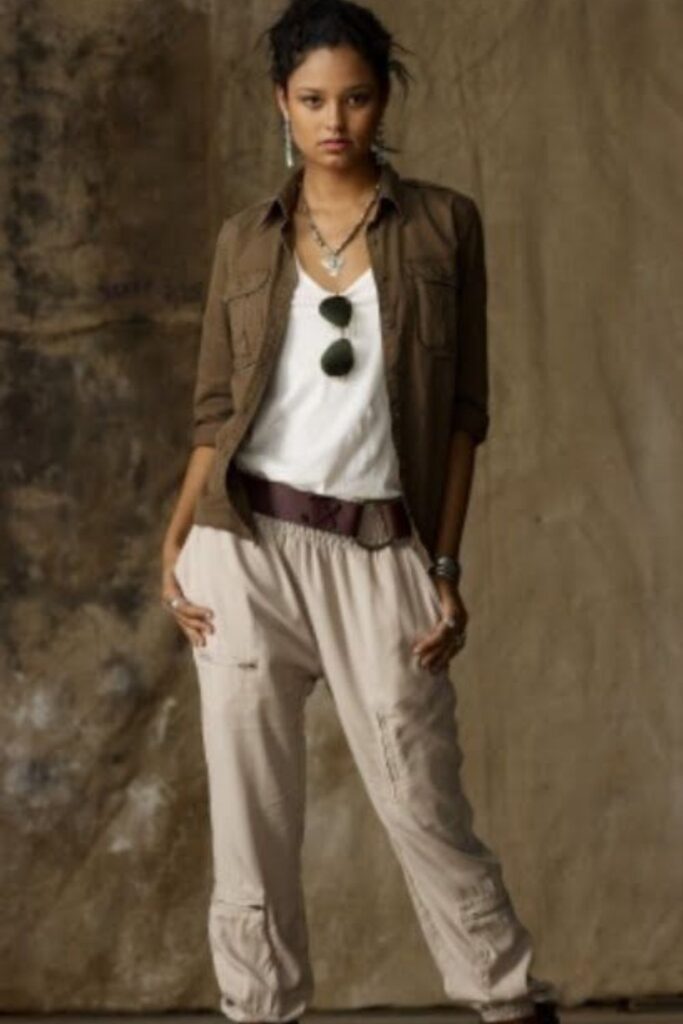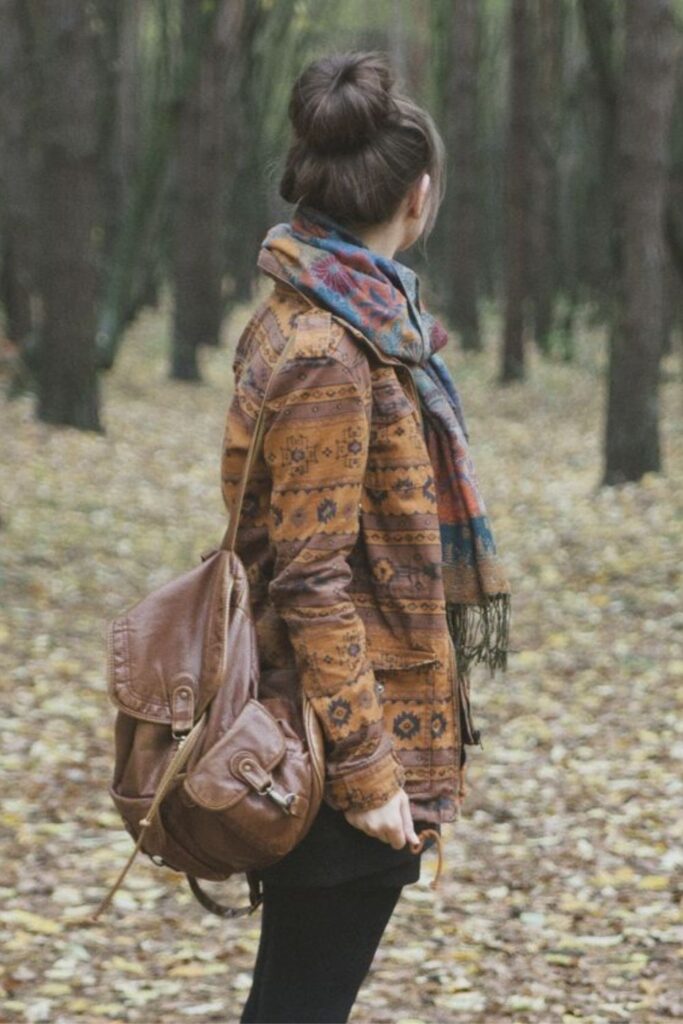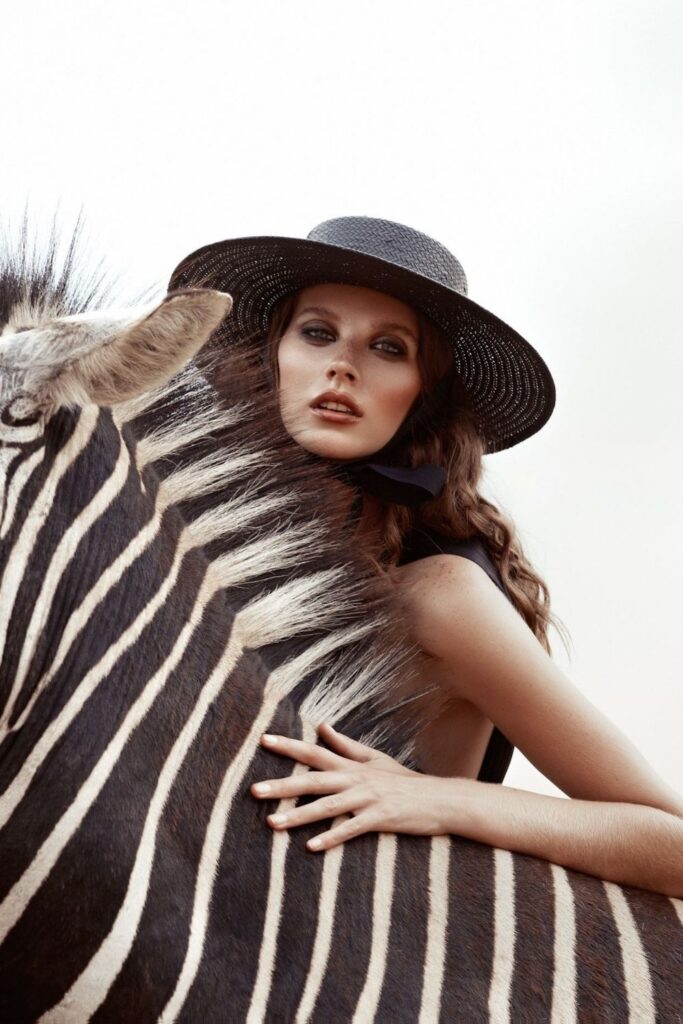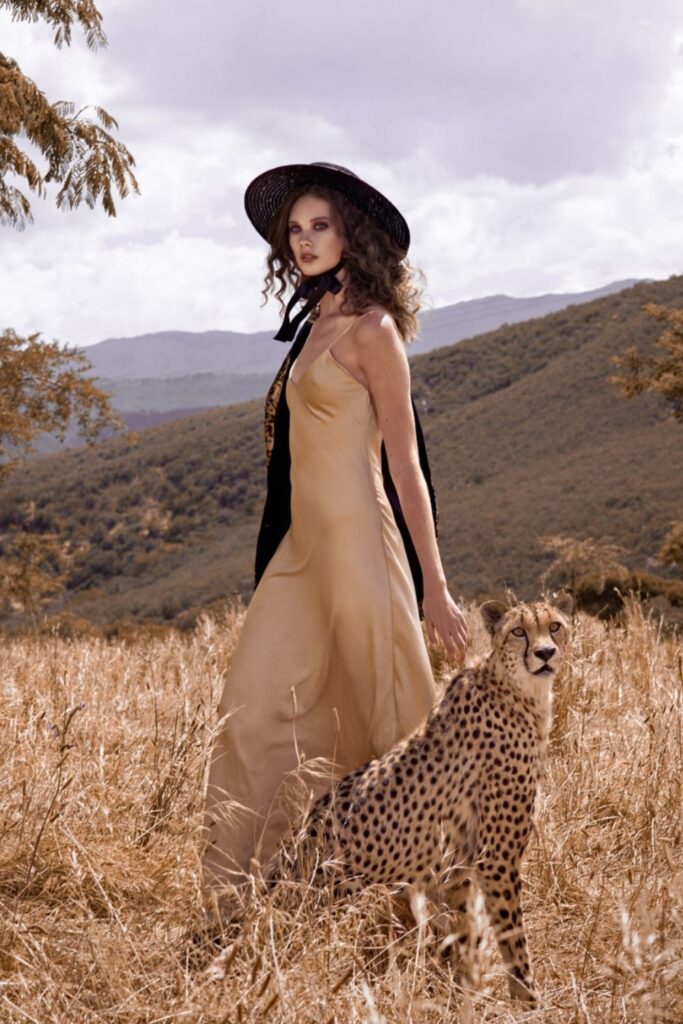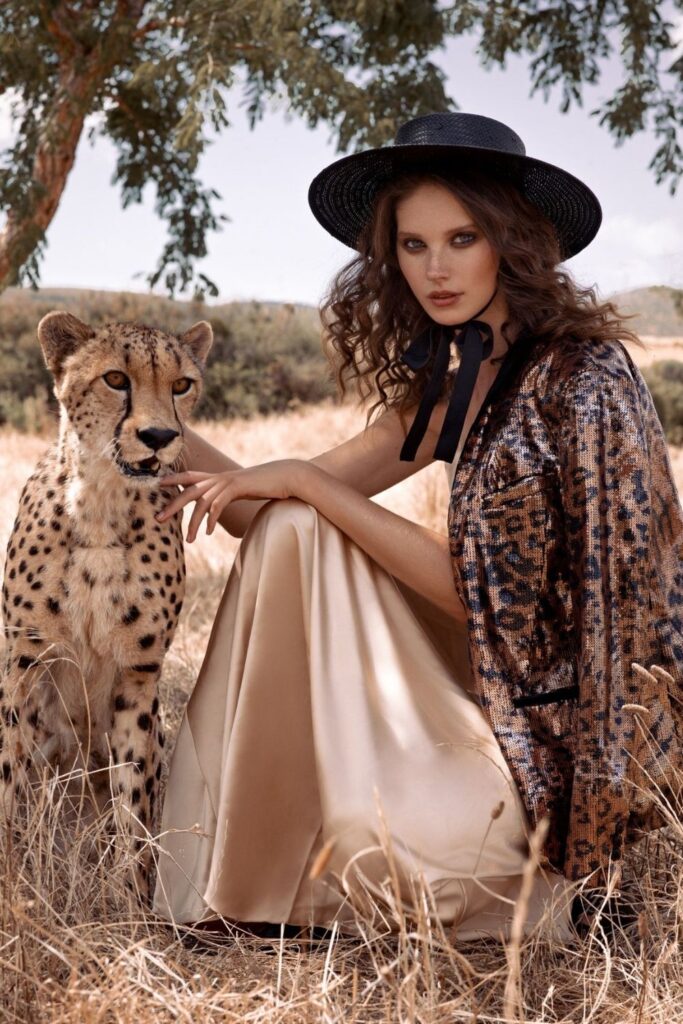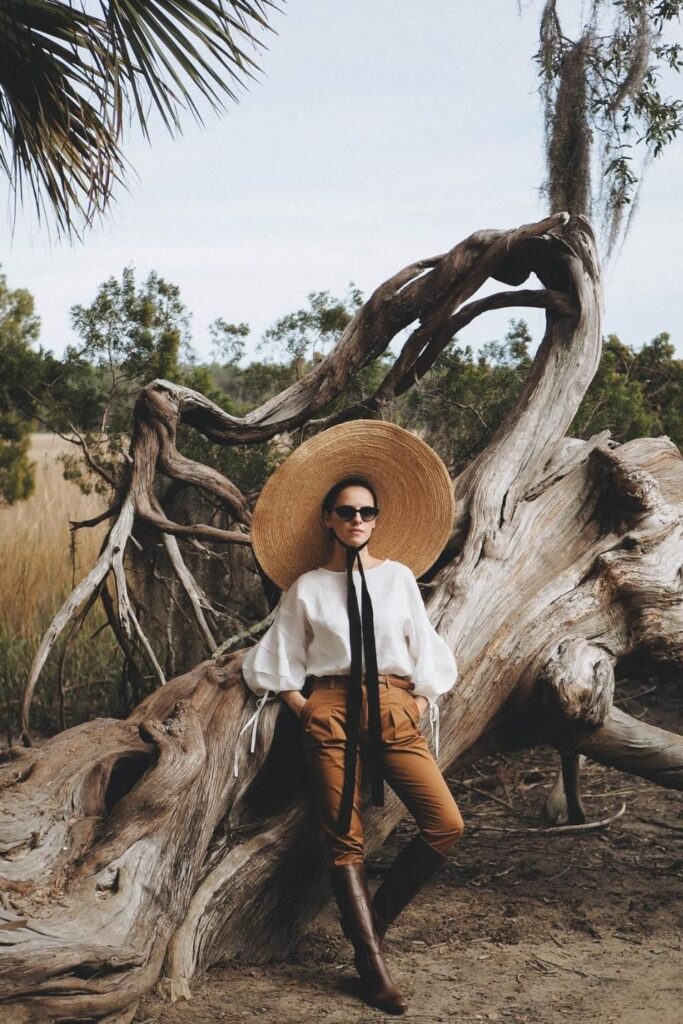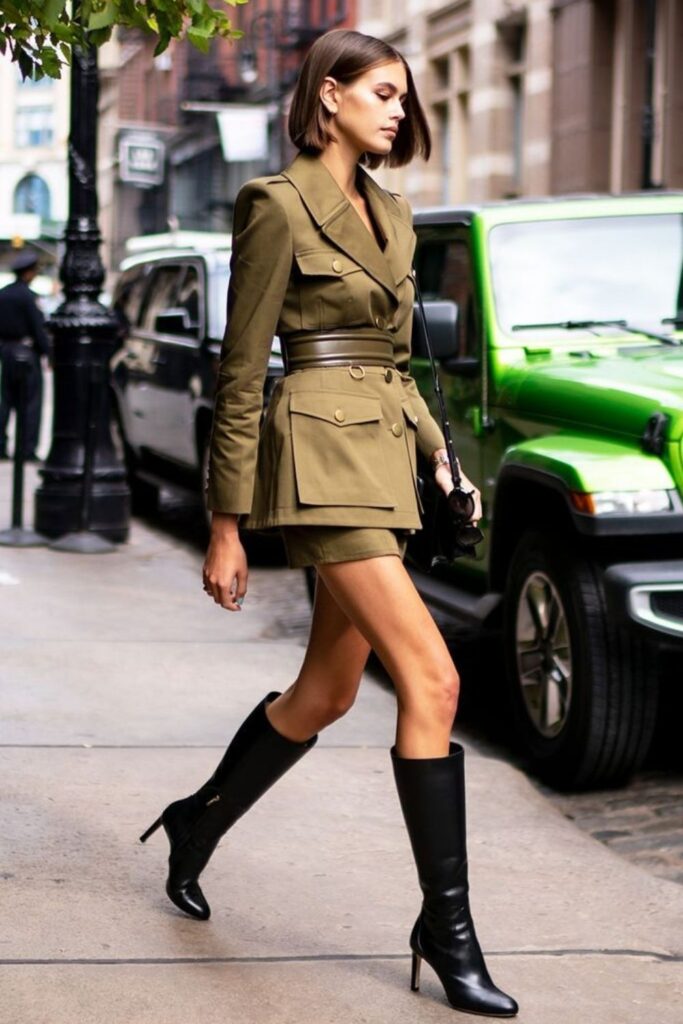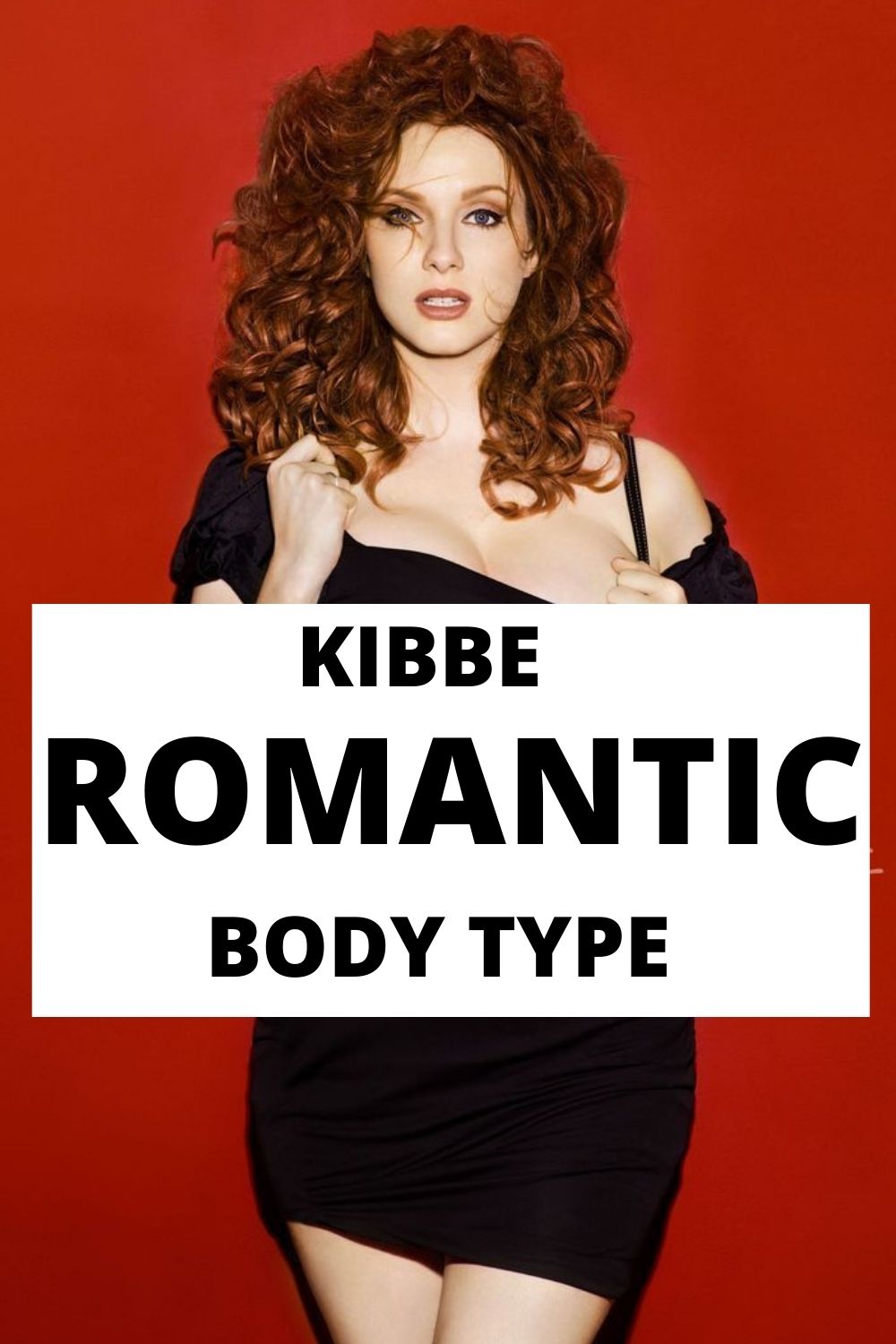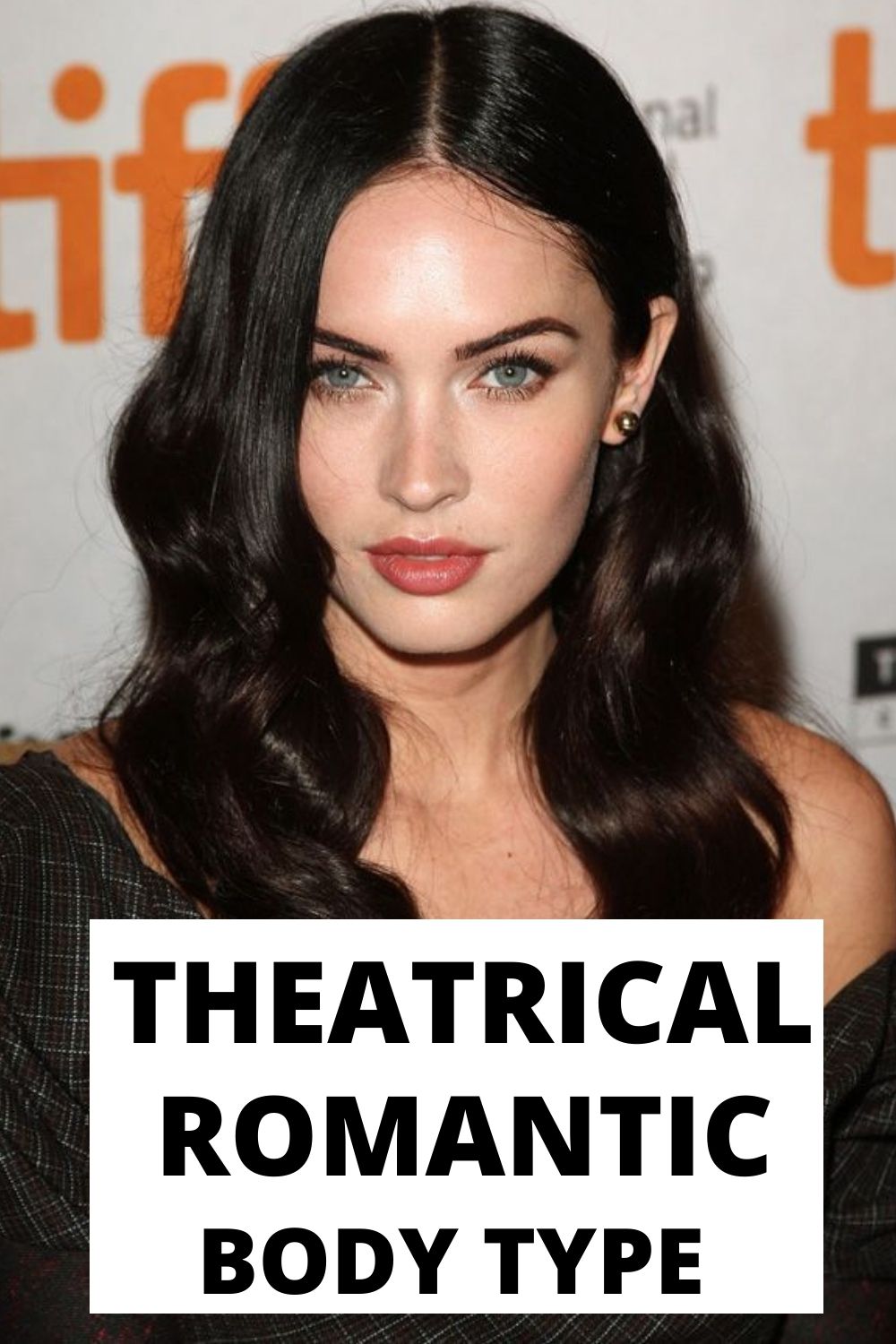Are you wondering what an Explorer Archetype is and how to style it?
This article has all the answers!
Explorer Archetype can be easily applied in personal style and everyday wardrobe. Recently, the theory of archetypes has become very popular, the founder of which is K.G. Jung. The catalyst for the outbreak of interest in this topic was the book “Hero and Rebel” by M. Mark and K. Pearson, which expanded the theory of archetypes to the problems of creating successful brands and marketing strategies.
But the application of this topic is not limited only to business areas. Various archetypes live, grow stronger and appear in each of us. Moreover, even without reading special information, you intuitively understand what the speech is about, what this or that representative of the archetypal fan is about, and its values and life strategies.
I decided to conduct research in my field of activity and look for a connection between the archetype and its stylistic visualization to find ways to embody each archetype through the stylist’s tools: colors, shapes, textures and drawings.
I hope that my research will help the reader determine how the things in the wardrobe can help better understand yourself and your values and identify your basic archetypes or those that are “ripe for going out”. And also understand, with the help of what things and accessories, you can support yourself in new activities, relationships or at a new stage of self-development, adding certain elements to your appearance, to your wardrobe.
Explorer Archetype – the pioneer, seeker, wanderer
My task is to show how you can embody this image through clothes and accessories and find options to do it in a variety of ways, both for those who have this archetype dominant and for those for whom it is not the main one. Still, the mood and values I would like to display the explorer in my image.
explorer archetype explorer archetype
First, let’s analyze the most typical and clearly readable image of a wanderer, explorer, traveller from the point of view of clothing, then analyze who this image would fit too, and then let’s see what variations of the image are possible due to the enhancements of certain elements.
To begin with, let’s delve into the atmosphere of wandering, travelling, feel what emotions these visual associations create, where they call us, what they offer, how they beckon or, on the contrary, scare us away. From such “atmospheric” pictures, the features of the Explorer archetype will emerge.
We will analyze any images from the point of view of the four main tools of the stylist, which are: color, shape, texture and pattern (print); through them, we will derive the formula of the “terry seeker” style, then there will be others, not so obvious.
Color: being on the road all the time, the explorer becomes part of the landscape, breathes with nature, feels its pulse, hears and sees everything happening around, not a single detail escapes his gaze, but how else, because you can pay for carelessness life.
explorer archetype explorer archetype explorer archetype
Therefore, the color scheme is as restrained and natural as possible, as dusty during a long journey. The seeker also needs these dim colors to observe the environment without drawing attention to himself, get as close as possible to comprehending the new, take rare photographs, or even find the cherished Grail.
This “dimness” has two main tasks – protection and dissolution in nature because the essence of the Explorer is his path.
explorer archetype explorer archetype explorer archetype explorer archetype explorer archetype
Through the general color gamut, we come out to drawings that can support the function of color: these are animal prints (prints of animal color – zebra, leopard, python) and patterns resembling rock paintings made by human hand from ancient and mysterious times, and the most various ethnic prints typical of countries that lure the traveller with their unknown, or drawings that personify travel – maps, routes, globes, as well as photo prints depicting nature: snow-capped mountain peaks, transparent waters of rivers and lakes, waterfalls, canyons, and more.
explorer archetype explorer archetype explorer archetype
But the use of printed things is unnecessary; the essence of the Explorer archetype is easily manifested without them.
Habitual textures for the explorer can be quite simple – smooth or slightly rough, matte, opaque, solid fabrics that can protect from wind, rain and sun – wearable, natural, from lighter ones, such as boiled cotton, to rather harsh ones – thick drape or cloth.
explorer archetype
Raincoat fabric and frayed leather will also be familiar here and knitwear. In accessories (trimmings, buttons, ornaments), we traditionally use everything that can be found in the bosom of nature: metal, wood, stone, shells, rope-twine, leather, and others.
explorer archetype explorer archetype explorer archetype
It would seem that all shiny fabrics can be safely removed from the seeker’s arsenal: satin, brocade, velvet, organza, patent leather. After all, they are so artificial, luxurious; one might even say – pretentious. However, do not rush to this.
Modern fashion is quite eclectic, and the events that make up our lives are quite diverse, so some of the listed textures may come in handy because our Explorer will one day need to go to a corporate party, to a friend’s wedding, or, say, on New Year’s. And in this case, you will not be able to do without shiny fabrics.
explorer archetype explorer archetype explorer archetype explorer archetype explorer archetype explorer archetype
But you will need to make special demands on them. In combination with the usual matte and slightly natural textures, for example, a satin blouse of the color of a gold or copper ingot from the treasury of a mysterious island will create the same, on the one hand, elegant, and on the other hand, quite an atmospheric feeling of a seeker of lost civilizations and their treasures, likewise with decorations. For an elegant look, they can be pendants in the form of masks found in the treasury of the Indians, amulets and charms, bracelets or neck jewellery of priests.
explorer archetype explorer archetype explorer archetype
On the one hand, the shapes of the Explorer’s cut can be simple and ascetic (without any decor and sophistication, so that nothing interferes on the road). On the other hand, they can emphasize freedom and movement.
From the point of view of convenience and protection, these are, for example, deep pockets, which can be presented in large numbers, voluminous things, cloaks, which can be wrapped in against the weather or spread for a relatively comfortable overnight stay, and from the point of view of freedom and dynamics – it is asymmetry and flying elements that symbolize in the image a feeling of restlessness, leaving the zone of stability and comfort, wear and tear of clothes over a long journey.
As details, there can be found a high collar, elongated sleeves, fingerless gloves, a leather belt that securely fixes clothes, comfortable, slightly massive shoes, bag-slugs over the shoulder, backpacks or knapsacks, tightened at the top with a drawstring, and also all that, what can be useful along the way.
In the facial features of the most diverse Explorer, we can find something in common, something that conveys to us a feeling of indefatigability, freedom and thirst for discoveries, resistance to the external environment, something that tells us about their love of adventure, something that makes the “viewer” shut up and listen to the mesmerizing stories of wanderings.
Facial features are rather laconic and straight as if minimized. After all, a straight line is the shortest path from one point to another. They can be both calmer (contemplative) and more dynamic. There is nothing “superfluous” on the face – no rounded cheeks, no snub nose, no full sensual lips, no quivering playful look. The seekers’ faces seem to emerge from the natural landscape with which they managed to become akin over the years of wandering because nature took them into its ranks, submitting to their endurance.
explorer archetype
Pathfinders can remind us of idols, figures carved from stone, sculpted from clay, always restrained, even a little dry, as if “light”. If we close our eyes and mentally touch the seeker’s face, we will feel firmness and stubbornness, and one might even say a certain severity. This severity is also present in the gaze, often along with detachment. The glance often slips away and looks into the distance, thinking about a new trip. The finest photos of the Seekers are obtained when they are not looking at the camera.
From the point of view of the main style directions, the Seeker is most often a classic (with its composure, clarity and minimalism, concentration). To a small extent, an admixture of drama is possible (if the dynamics of the image is very high or danger is felt – but this is already secondary) + natural style (relationship with nature, the spirit of the landscape) + romanticism (spirituality, idea, loneliness, higher meaning, the call of the soul).
An important point (rather for stylists)! Although the wanderer has dynamics and a sense of movement, the Seekers, in my understanding, are no dramatics. (If the drama appears in appearance, then only by introducing additional sound – mysticism, danger, disobedience – but these are all already influences of other archetypes).
Drama is always energy expended outside. Besides, the drama needs to attract attention to oneself, to be the centre. In the case of a seeker, all energy is compensated inside. We feel both strength and perseverance, but it is “internal”, like a perpetual motion machine, taking its owner away from the mass of spectators to places that have never been seen before.
explorer archetype explorer archetype explorer archetype
I decided to analyse the appearance of world-famous women – seekers (and not only those in our client archive), and look: dry, concentrated, restrained, with strength and perseverance in their eyes. I suggest you look at the four “terry seekers” who conquered different elements: mountains, sky, water and icy desert.
It is noteworthy that among the most famous travellers, rock climbers, climbers, seafarers, there are quite a lot of dramatic faces (but still with classics and natural in varying degrees of admixture), but if you read their history, then much in their lives was done to attract attention to themselves, either do it despite (i.e. with a great deal of rebelliousness) or conquer difficulties in a demonstrative way (hero).
One can also find naive romanticists combined with drama and naturalness among the cohort of celebrities of the searching professions. This is what makes strength combined with interest and novelty. Moreover, I suppose they are often the most desperate because of their “rainbow filters”.
But there is other “engines” inside, and I would not call them real Seekers by Call (For example, Jessica Watson – look on the Internet, who cares – it was not even included in the Guinness Book of Records so that others would not be familiar because of unjustified risk).
Often they often left glory for quiet achievements (stopped participating in competitions), did not see anything special in their achievements, preferred to remain modest, doing what their souls were so drawn to.
But despite the presence of common features, there can be quite large differences between different Seekers, and the expressiveness of the image in different cases can be given with the help of different details and tools to emphasize its “zest”. Depending on the other archetypes that make up the personality, certain distinctive features can be manifested in appearance.
explorer archetype explorer archetype
Someone will be more associated with rocks and snowy peaks, a more stingy surface with “life”, but, on the other hand, it will be more poetic (here there can be both characters with pointed facial features and with more solid, dense ones).
Someone – with wanderings in the fields and forests, both in the middle zone and in the northern latitudes (more textured faces – with wide eyebrows, curly hair, large features). Someone’s image will be closer to the theme of rivers and seas, i.e. to the topic of water (probably a more romantic component will be needed here)
The journey can be alien – to distant stars and fantasy worlds – searching for unearthly civilizations or a suitable place for colonies of earthlings.
A journey can be not only to the stars but also in time – for lovers of eclectic images, where ultra-modern, futuristic details of the “world of the future” – accessories, shapes and textures, as well as natural and comfortable clothes, familiar to the wanderer, can be combined in one set. Personifying what is left of the “past”. I would say that in this case, we will be dealing with a rebel seeker who broke the idea of chronology and sequence of time.
explorer archetype explorer archetype explorer archetype
You can use the “regional method” for lovers of brighter images, attracting color combinations characteristic of various ethnic groups, cut shapes and “speaking details” into the image. This technique can also be used in cases where the Explorer archetype is not the main one but begins to captivate and respond to values at a certain stage of life – then you can select the country that is closest to the original aesthetics and, on this basis, create a harmonious image.
We may also have a fabulous traveller who chooses a flying carpet or a humpbacked horse as a means of transportation – which is also a great option to enrich her image with elements of the Seeker. So, for example, the image of Gerda will help add to the initially lighter style the theme of seeking (if the other components are a child and a hero – this also happens).
explorer archetype explorer archetype explorer archetype
And here are a couple more sets for “fairytale travelers” – thanks to some elements, we can feel the theme of “wandering, hiking” here. Still, the start travellers al aesthetics here is completely different.
It would seem that such an ascetic image of a wanderer is not connected with the world of luxury, with the convenience and aesthetics of comfort. Nevertheless, travel can be carried out on an expensive yacht and even on cruises on an ocean liner. This theme can be promoted from summer casual looks with shorts, a vest and sandals on bare feet (for the archetype of the simple-minded) and exploiting the image of the captain, if the leading archetype, for example, is the ruler.
explorer archetype explorer archetype explorer archetype
There are many options and those directions where the Explorer can go in search of discoveries.
So, let’s summarize our short journey through the style world of the Explorer.
- For the Explorer (as well as for any other archetype), you can describe the characteristic components of the image: colors, shapes, textures and prints. When all these elements come together, we get the image of a “terry Seeker”.
- Due to the combination (addition, introduction into the image of the Seeker) of other archetypes, the resulting images can have a lot of very different variations.
- All those in whom we can note a clearly manifested type of the Seeker have a certain commonality of traits that determine the type of this archetype (a collective image that most often pops up in memory when we are asked to imagine a person with life values and archetype scenarios, dictated by life experience, film, photo and video stories).
- Things and accessories in the Seeker style (with slight variations, but keeping the main features) in general approximation will go to all owners of the Seeker type, since in appearance and elements of the image, similar features are “brought to a common denominator”, are harmoniously combined and enhance the overall impression.
- Anyone who does not have the Seeker type, nevertheless, can add certain elements to his image so that the values of this archetype are read in the image. The way with which you can “attract” the Seeker’s signals should be looked for in appearance, choosing such an implementation, which is based on the most manifested “native” style.
- Any image can be adapted to any life situation. So, for example, a “colonial” or “navigator” can create different sets suitable for work, for walking around the city, for a solemn event, etc. by modifying individual composite images, leaving the overall approach unified. This is how a person develops his own individual style, i.e. the unity of images in their most diverse manifestations.
- Any image can be beautiful, the main thing is that all its components tell one story. For example, the story of the Seeker’s wanderings
explorer archetype explorer archetype
READ MORE:
COLOR PALETTE FOR EACH SEASON OF THE YEAR
TRUE SUMMER COLOR PALETTE WARDROBE
LIGHT SUMMER COLOR PALETTE WARDROBE
SOFT SUMMER COLOR PALETTE WARDROBE
TRUE AUTUMN COLOR PALETTE WARDROBE
DARK AUTUMN COLOR PALETTE WARDROBE
SOFT AUTUMN COLOR PALETTE WARDROBE
DARK WINTER COLOR PALETTE WARDROBE
TRUE WINTER COLOR PALETTE WARDROBE
BRIGHT WINTER COLOR PALETTE WARDROBE
LIGHT SPRING COLOR PALETTE WARDROBE






